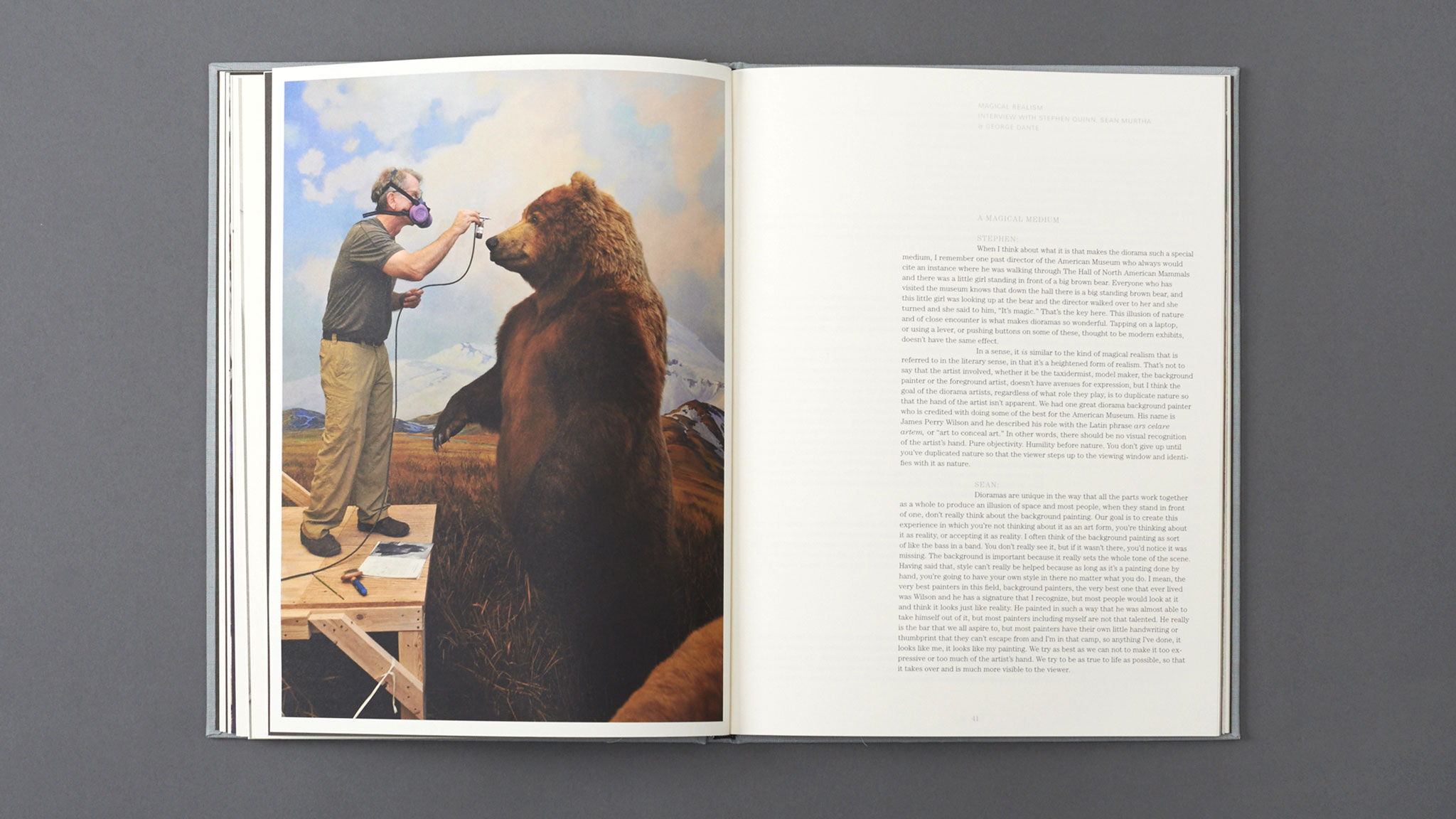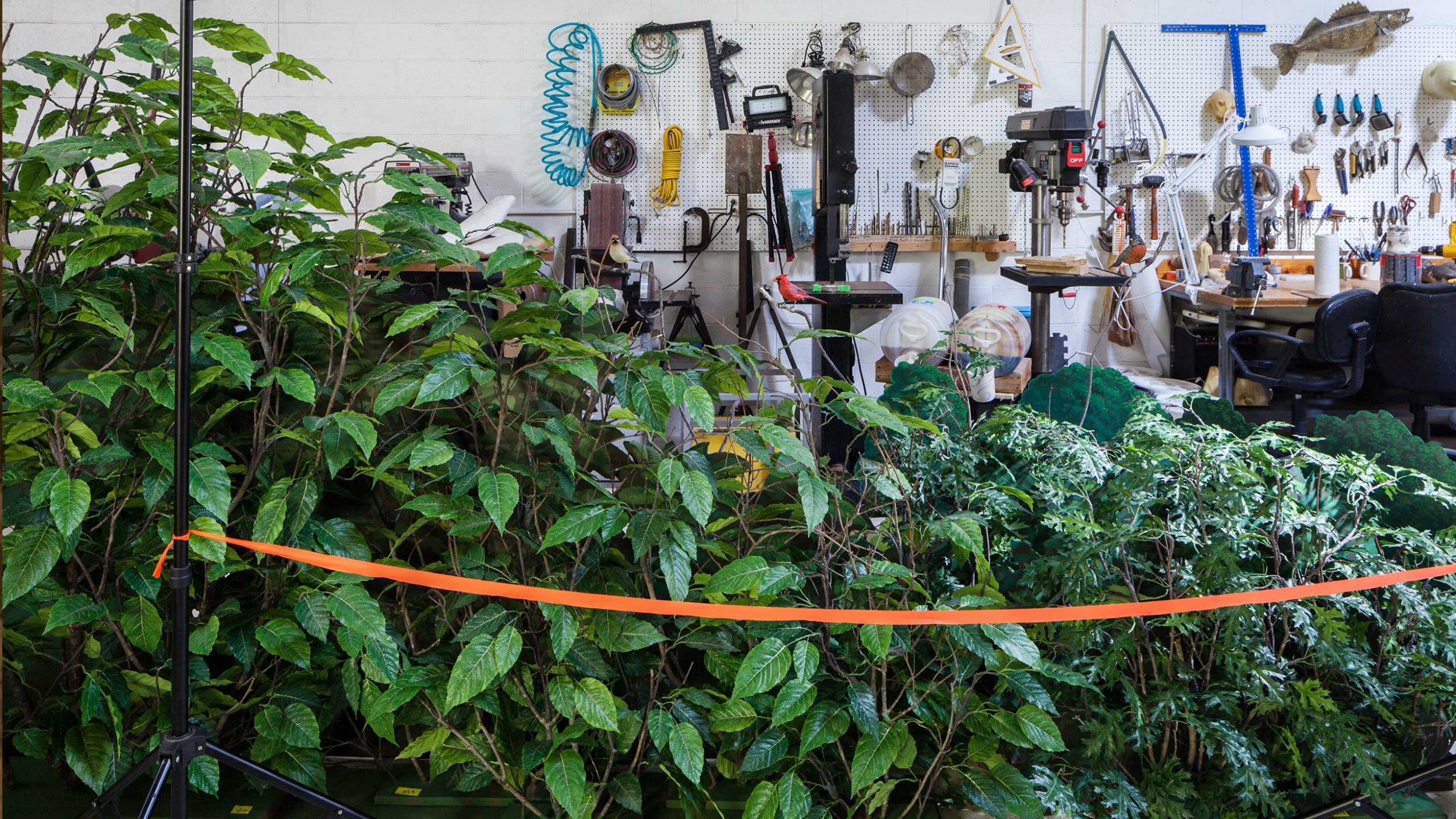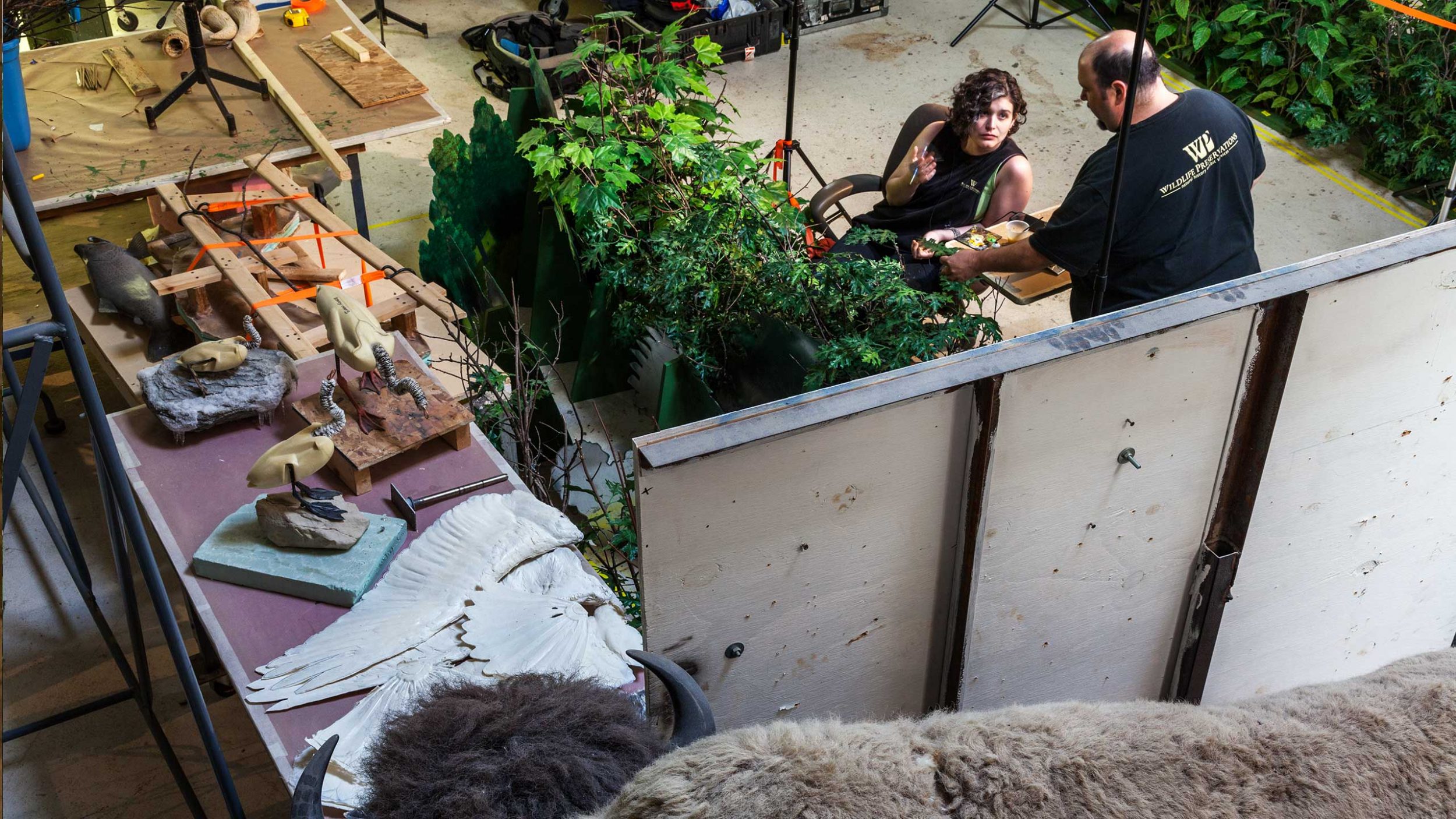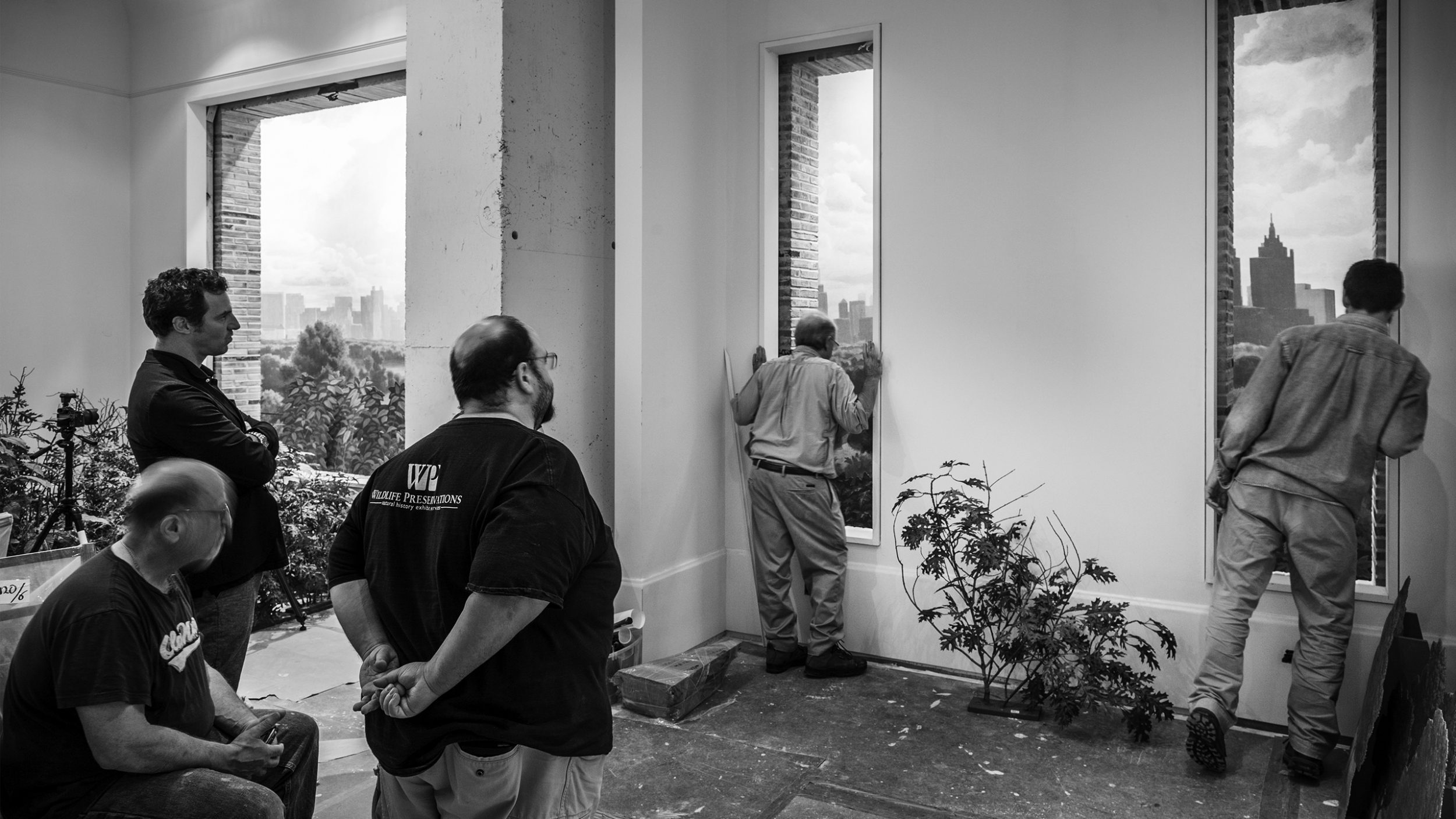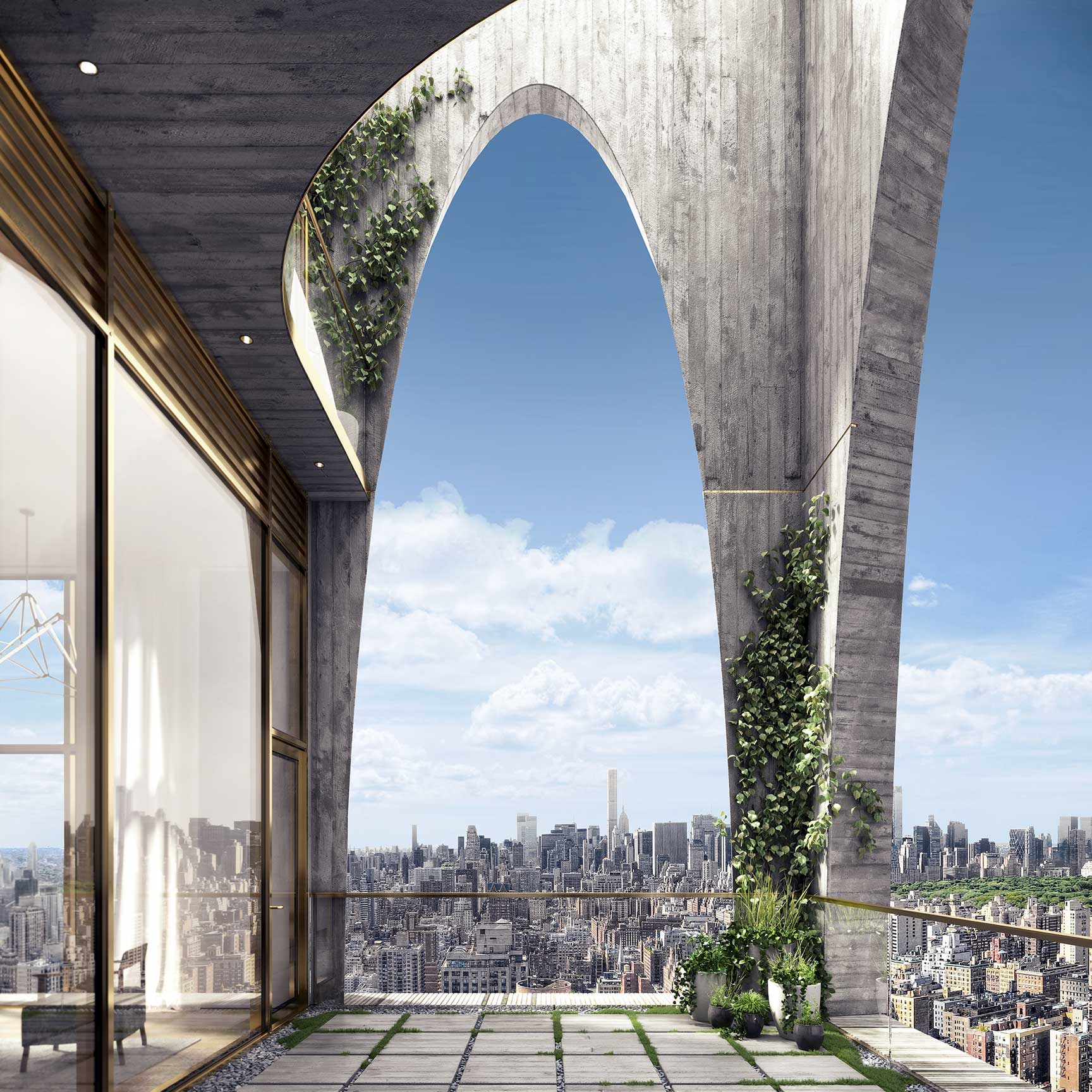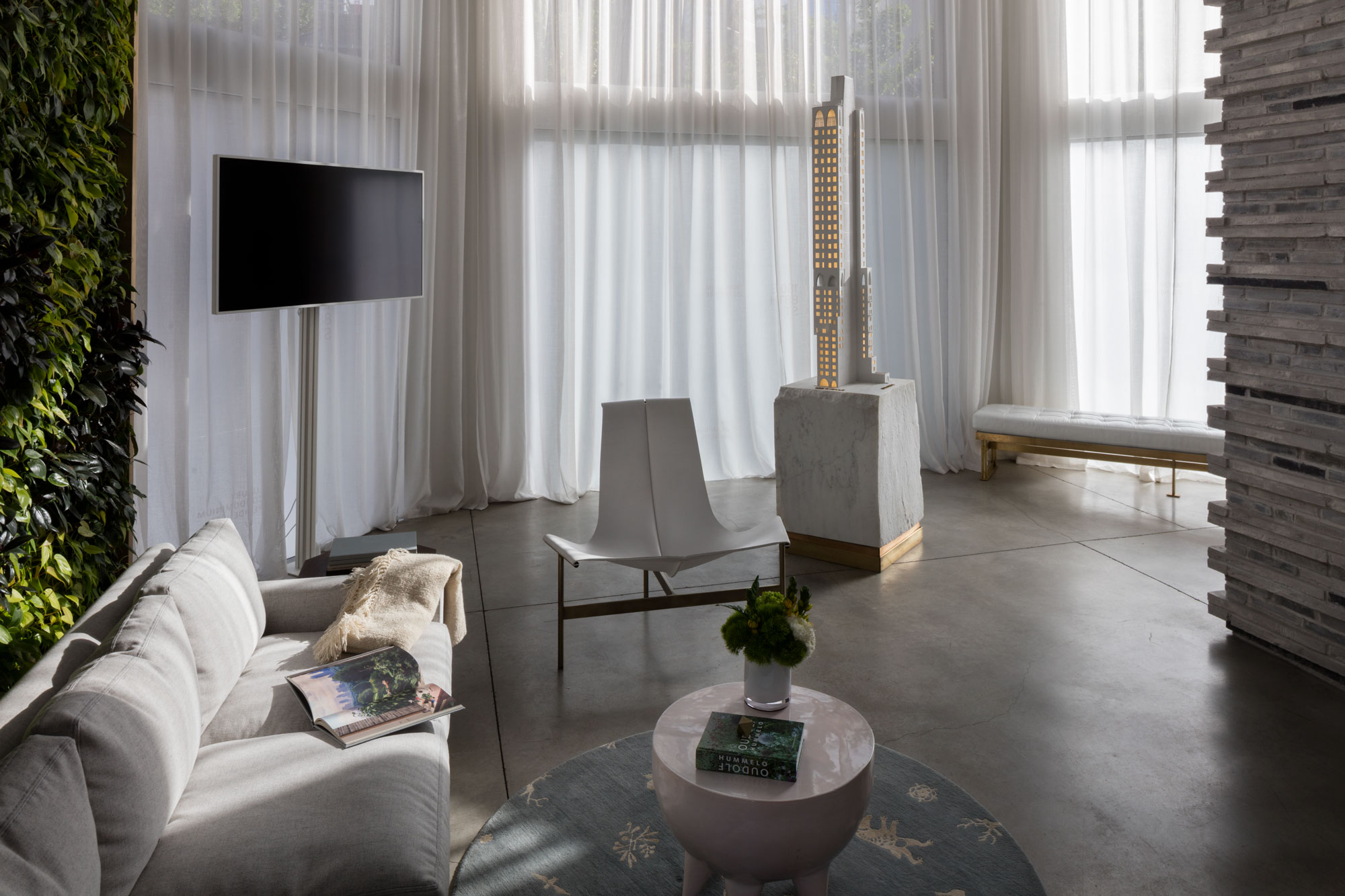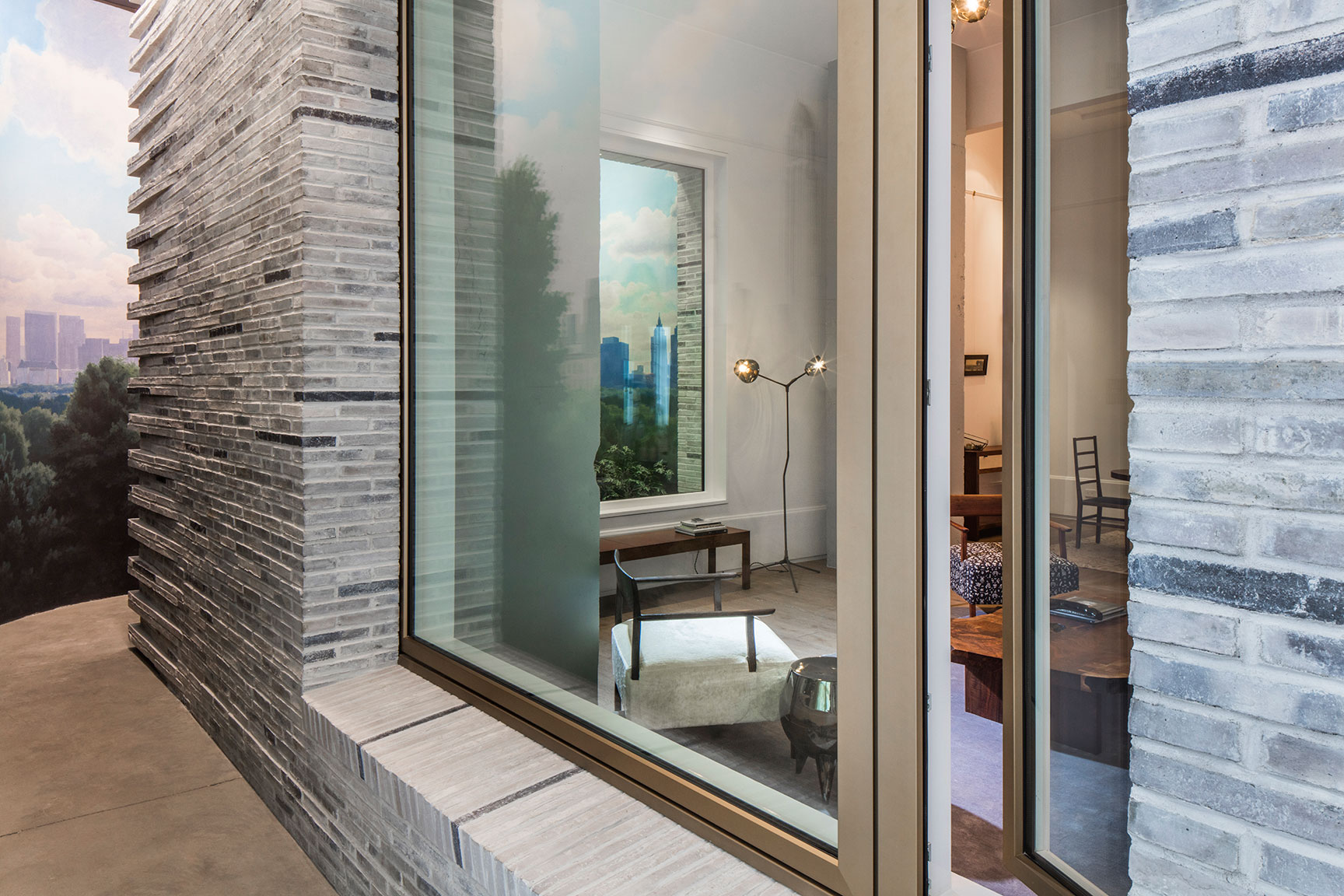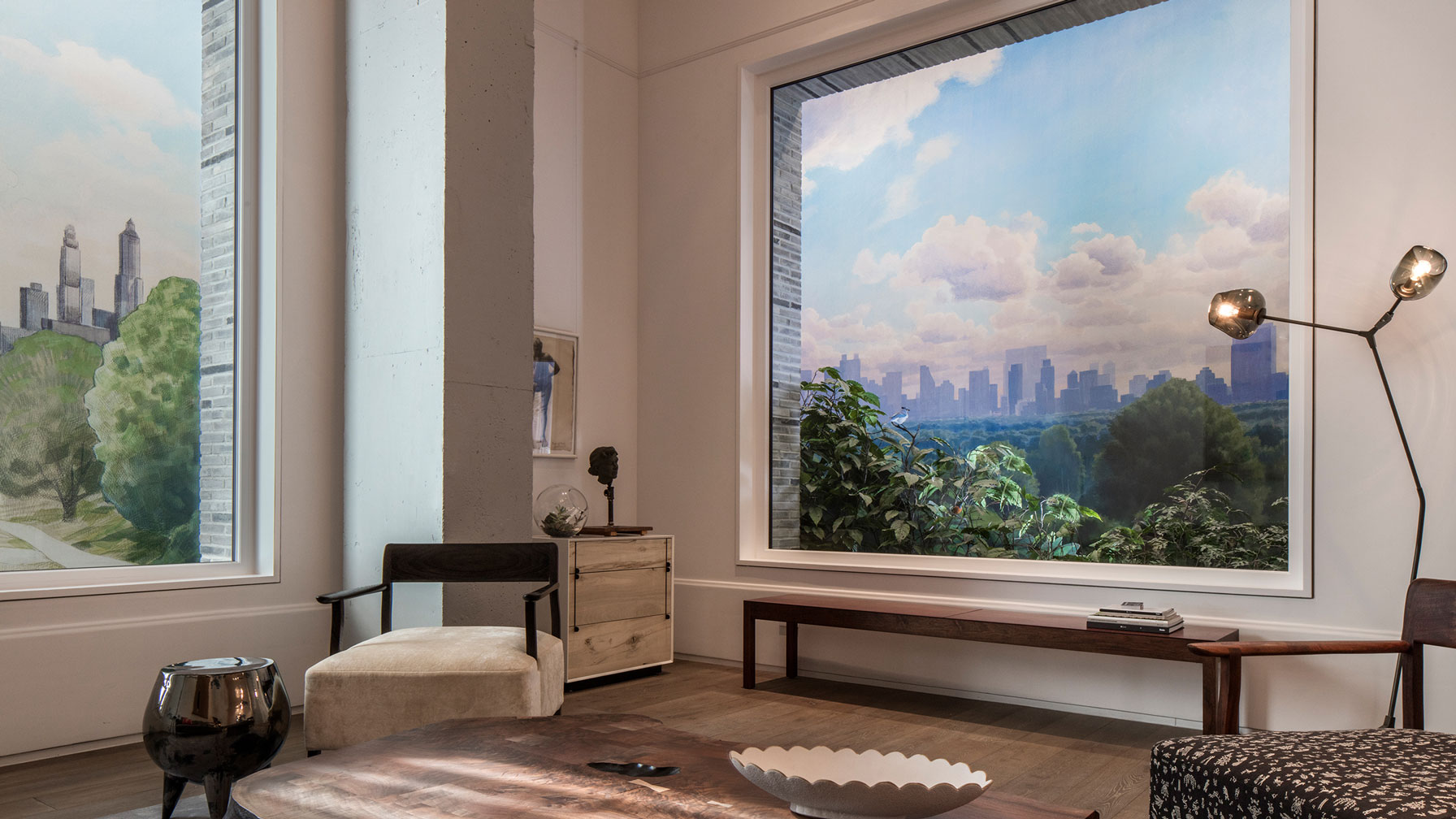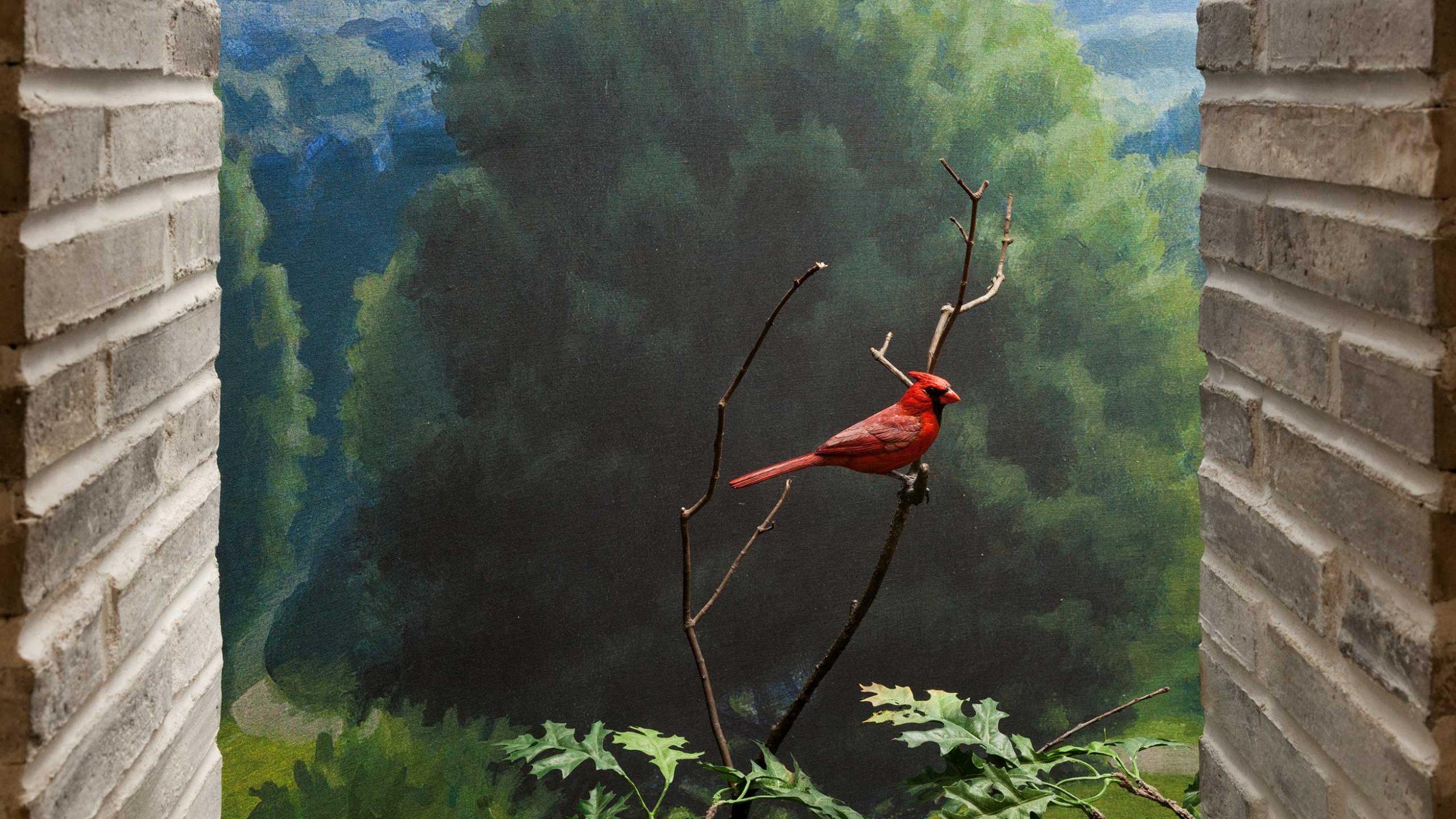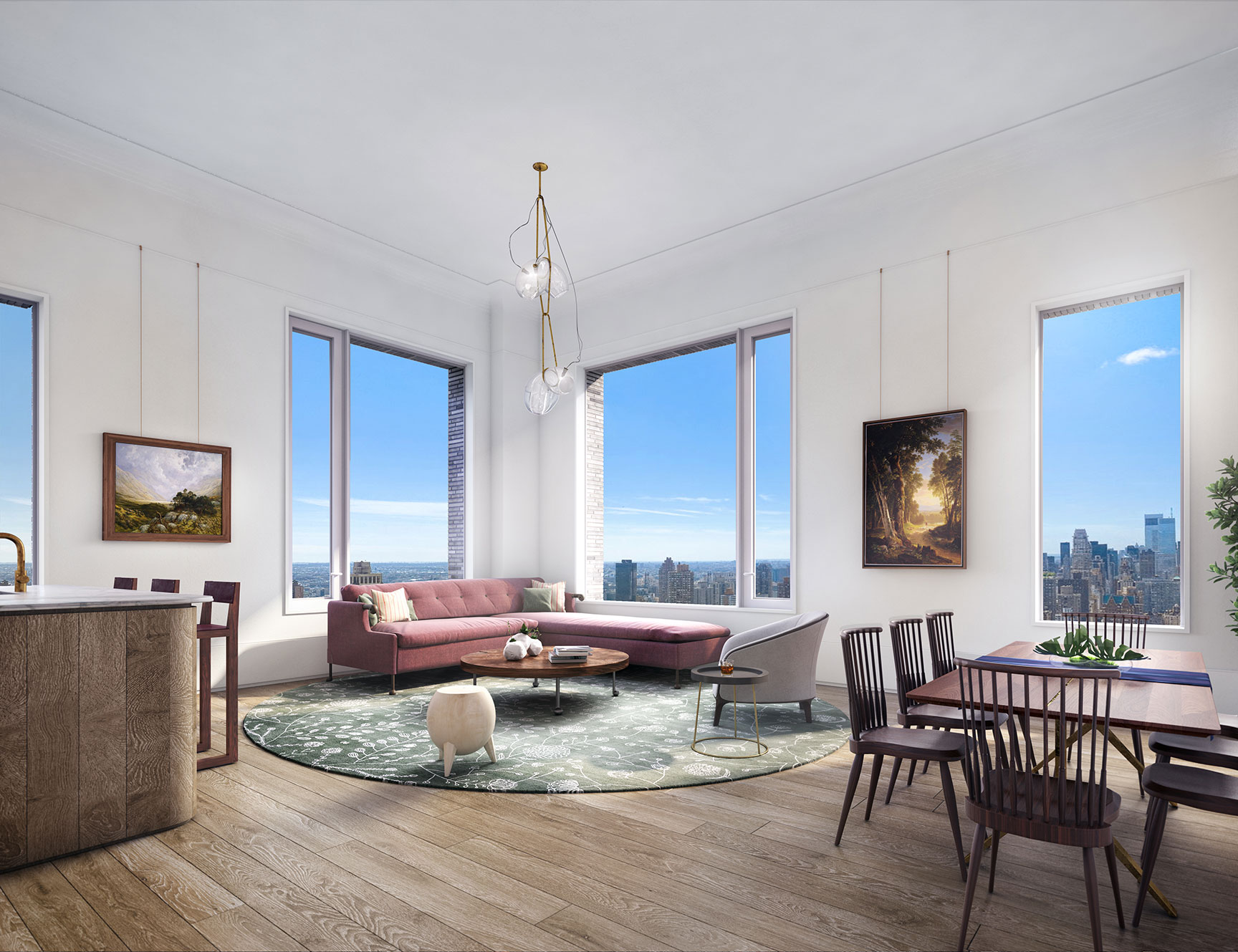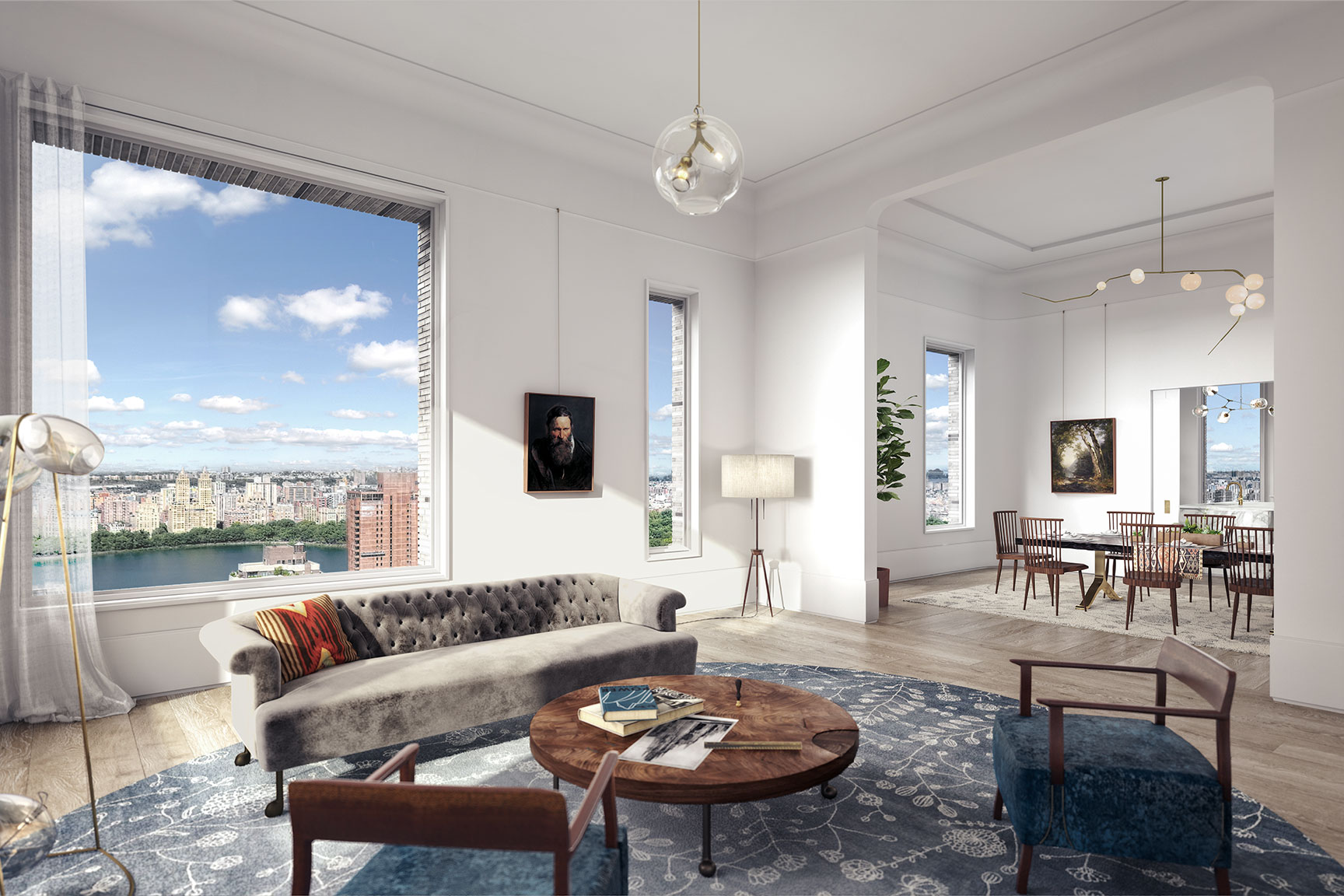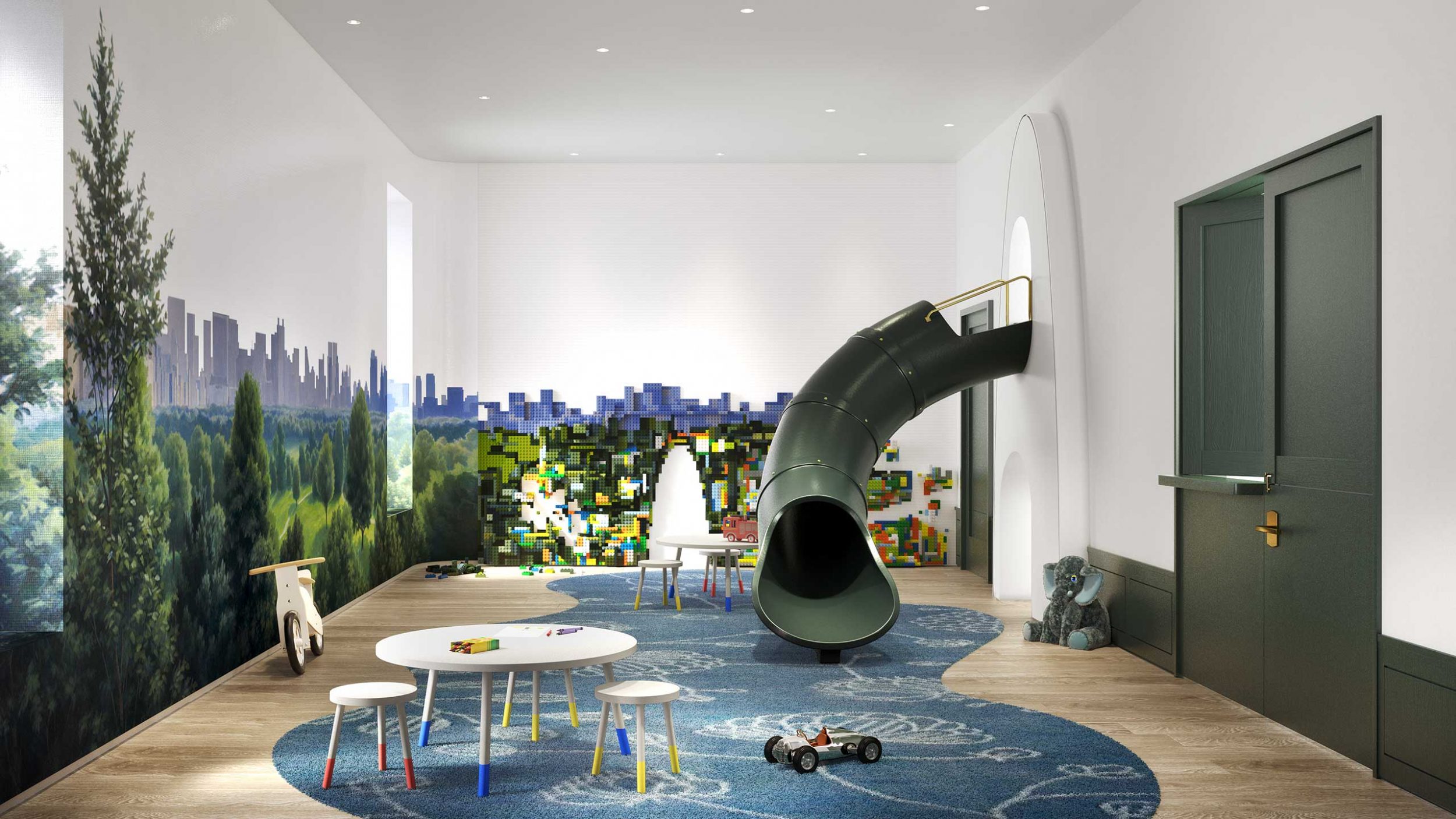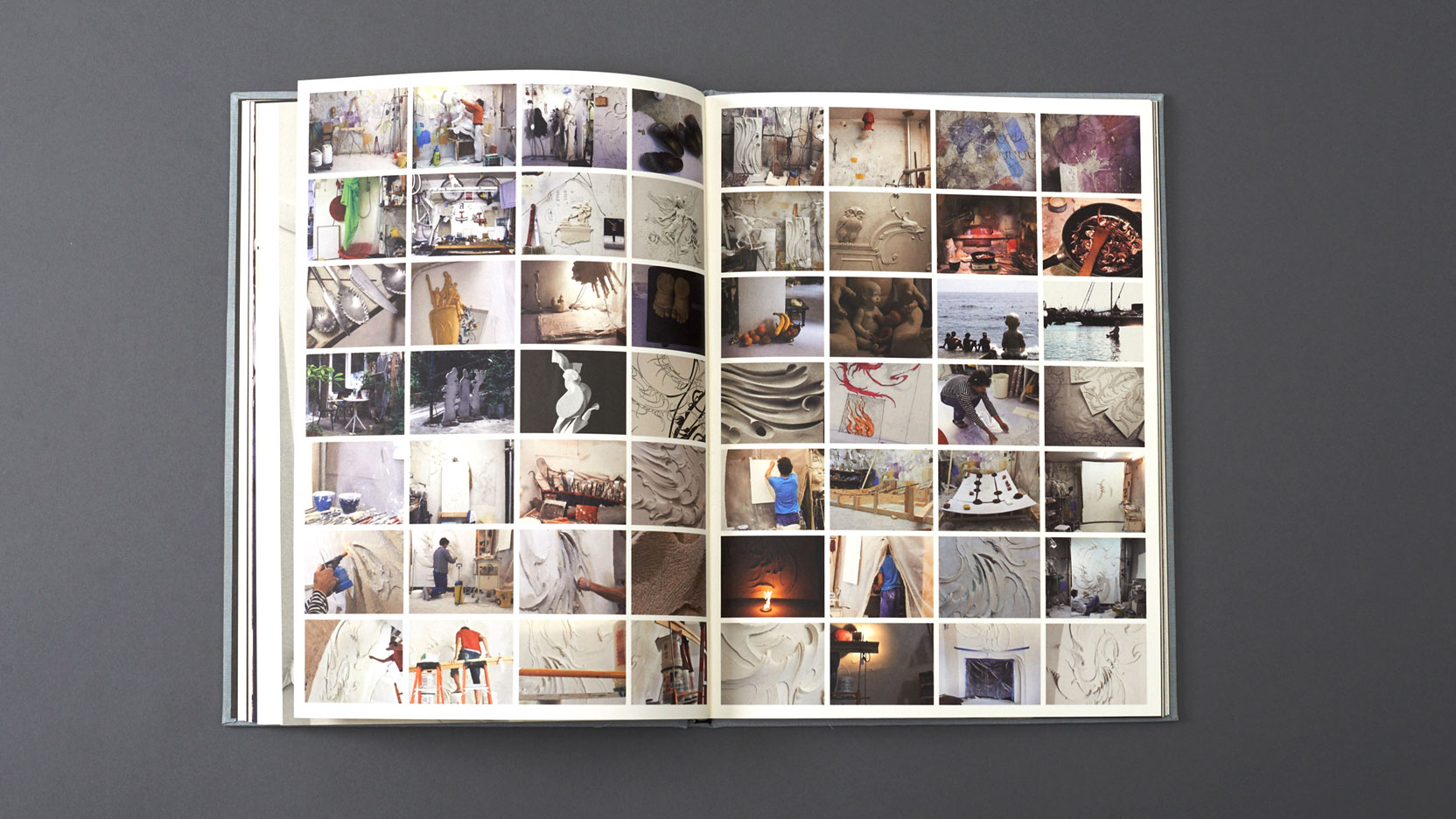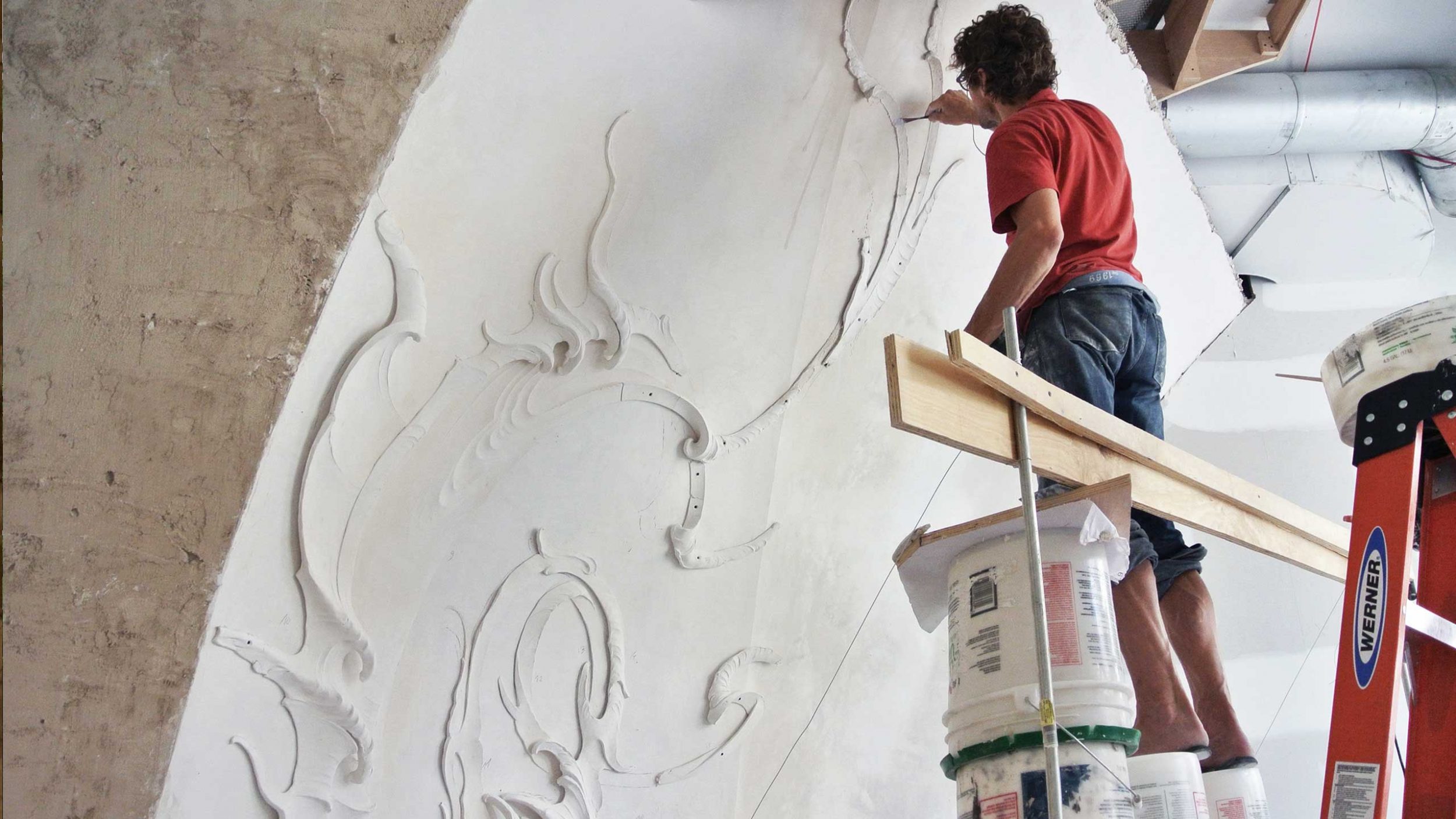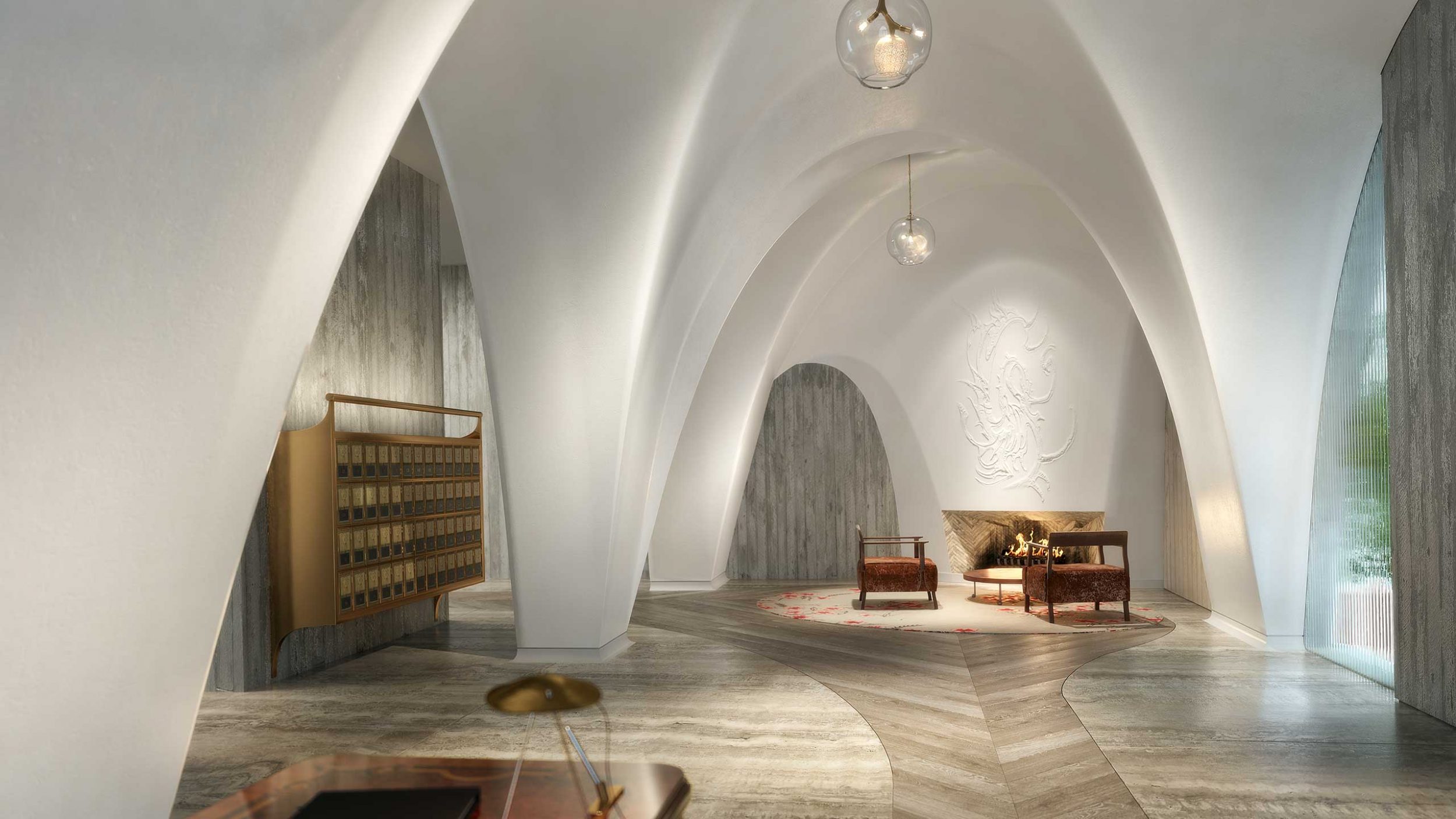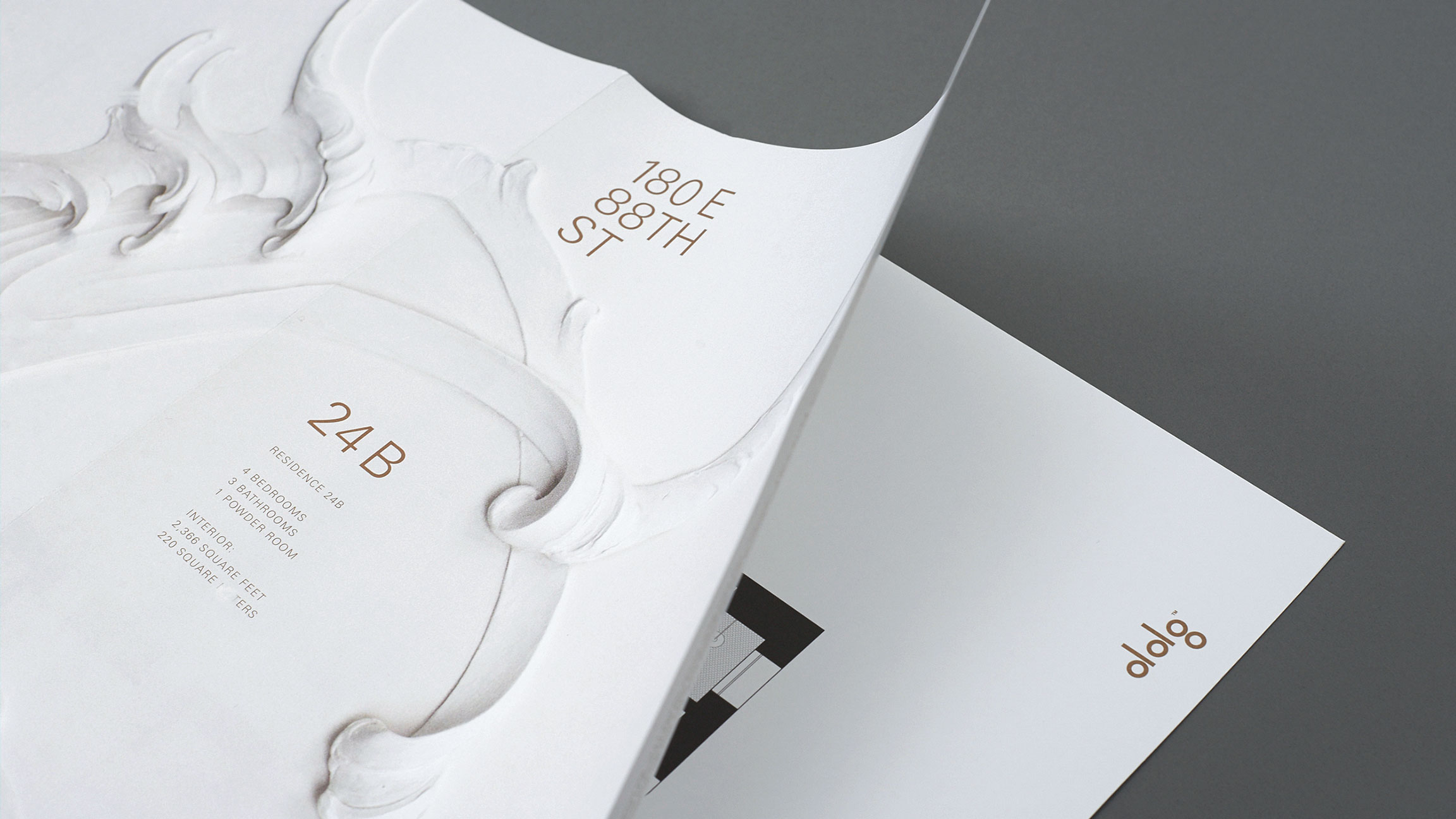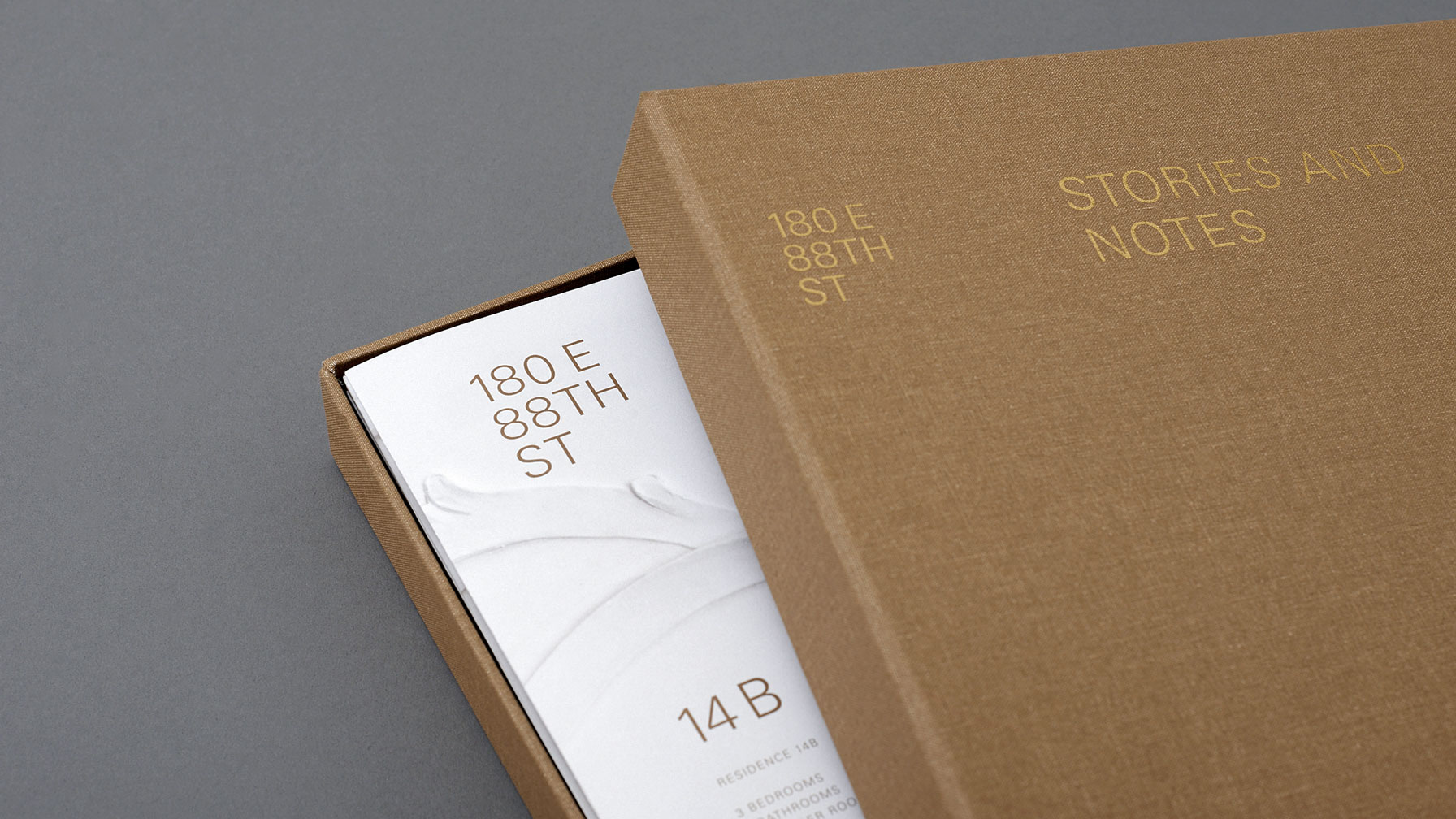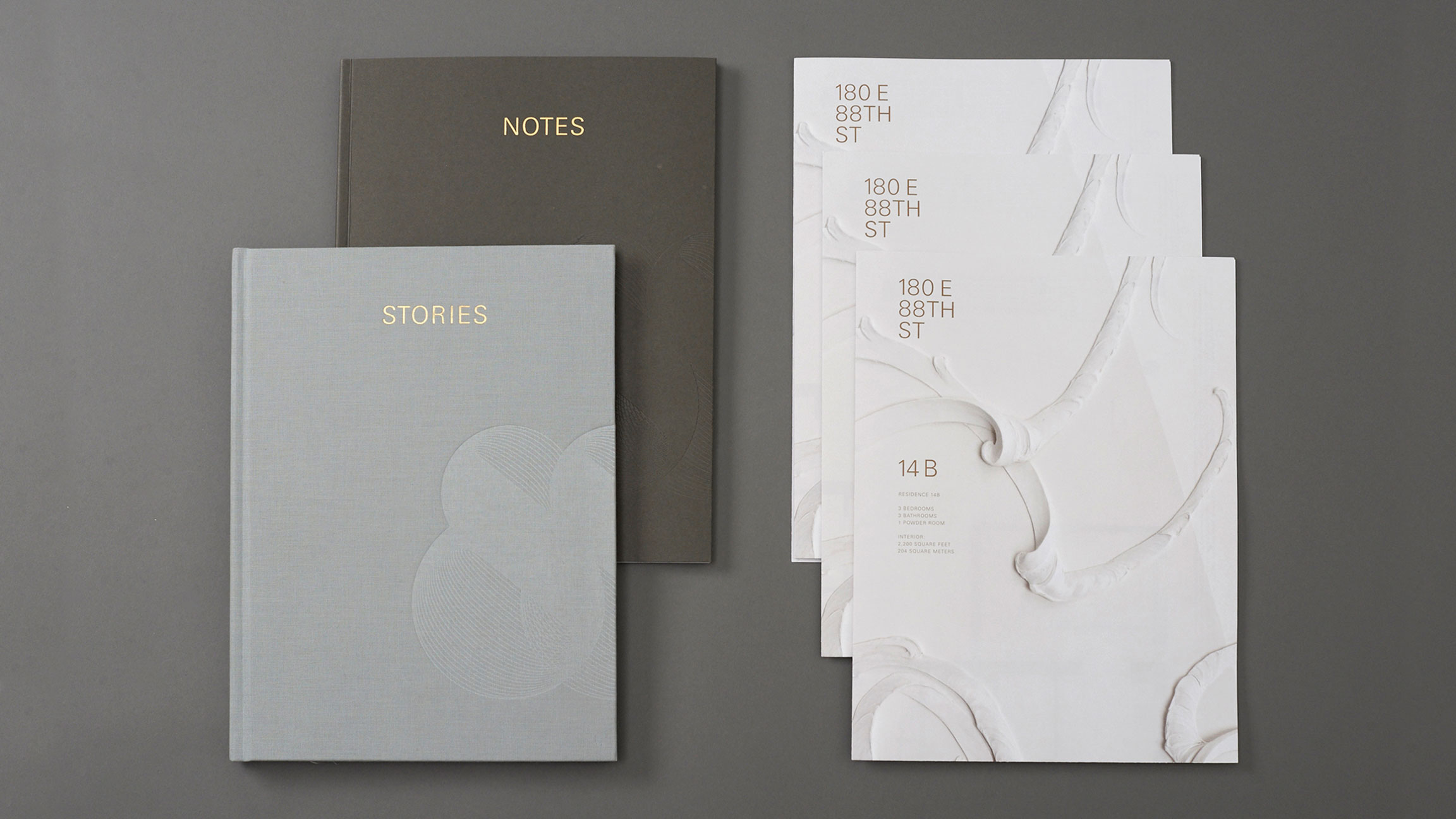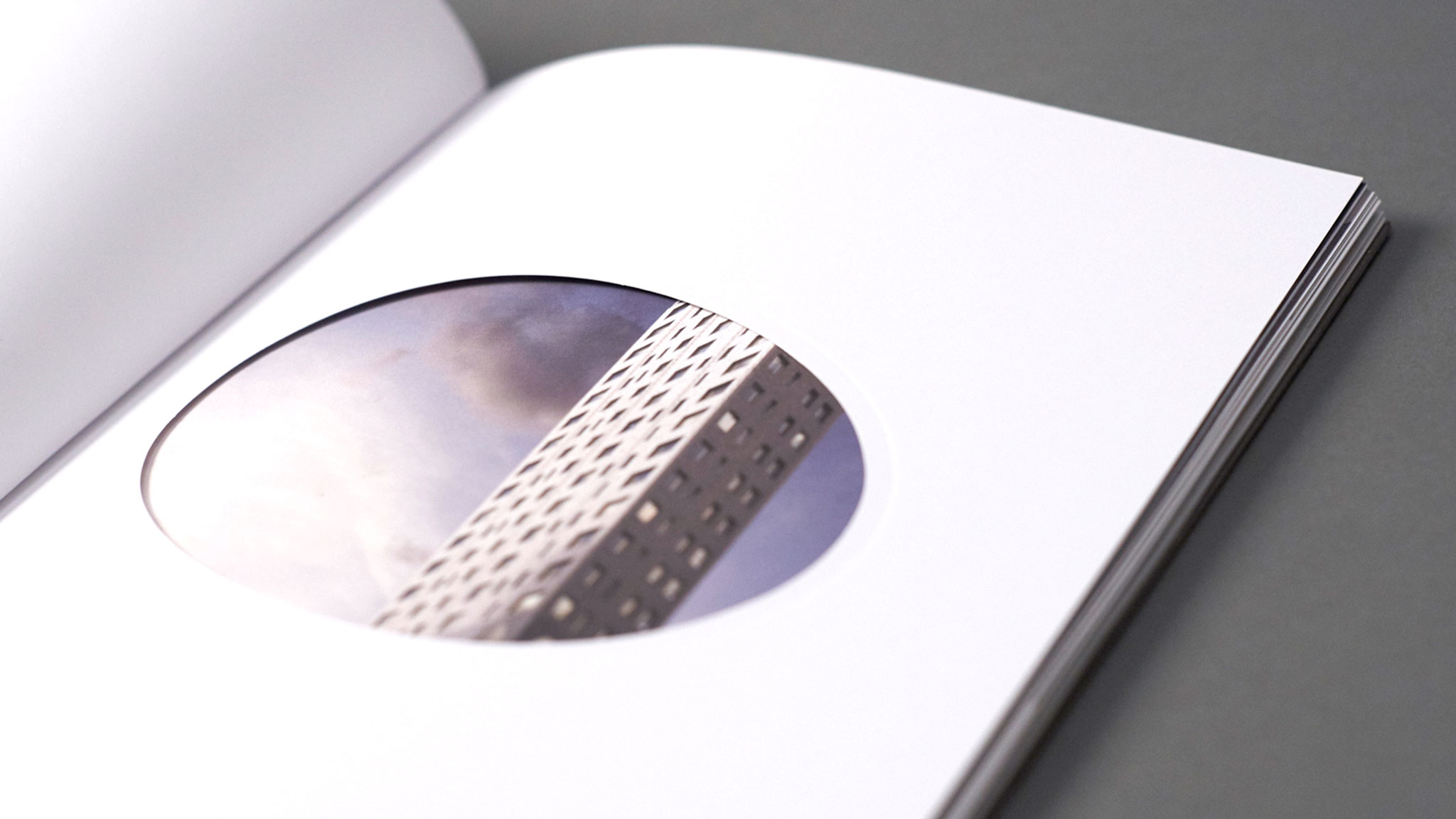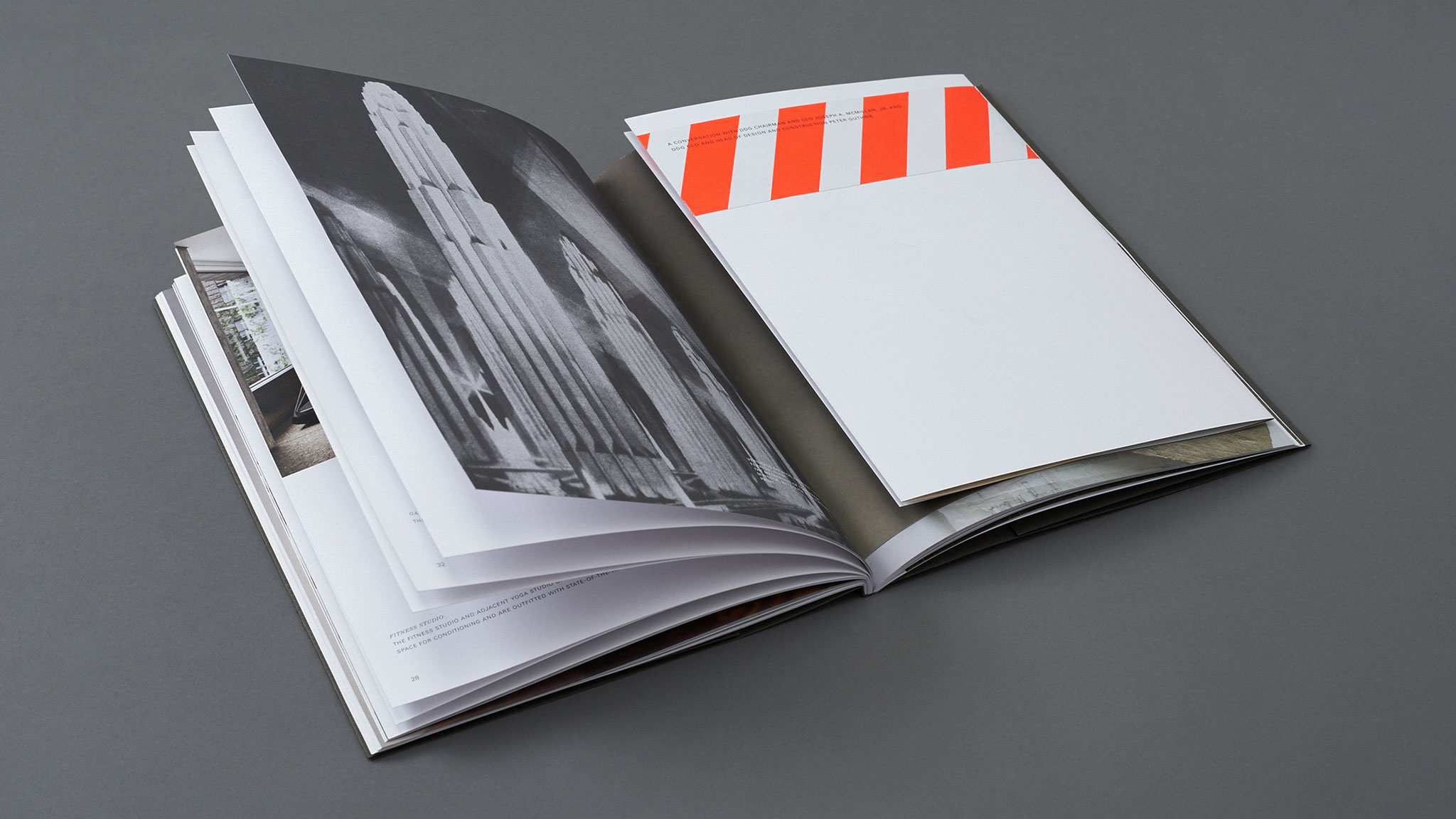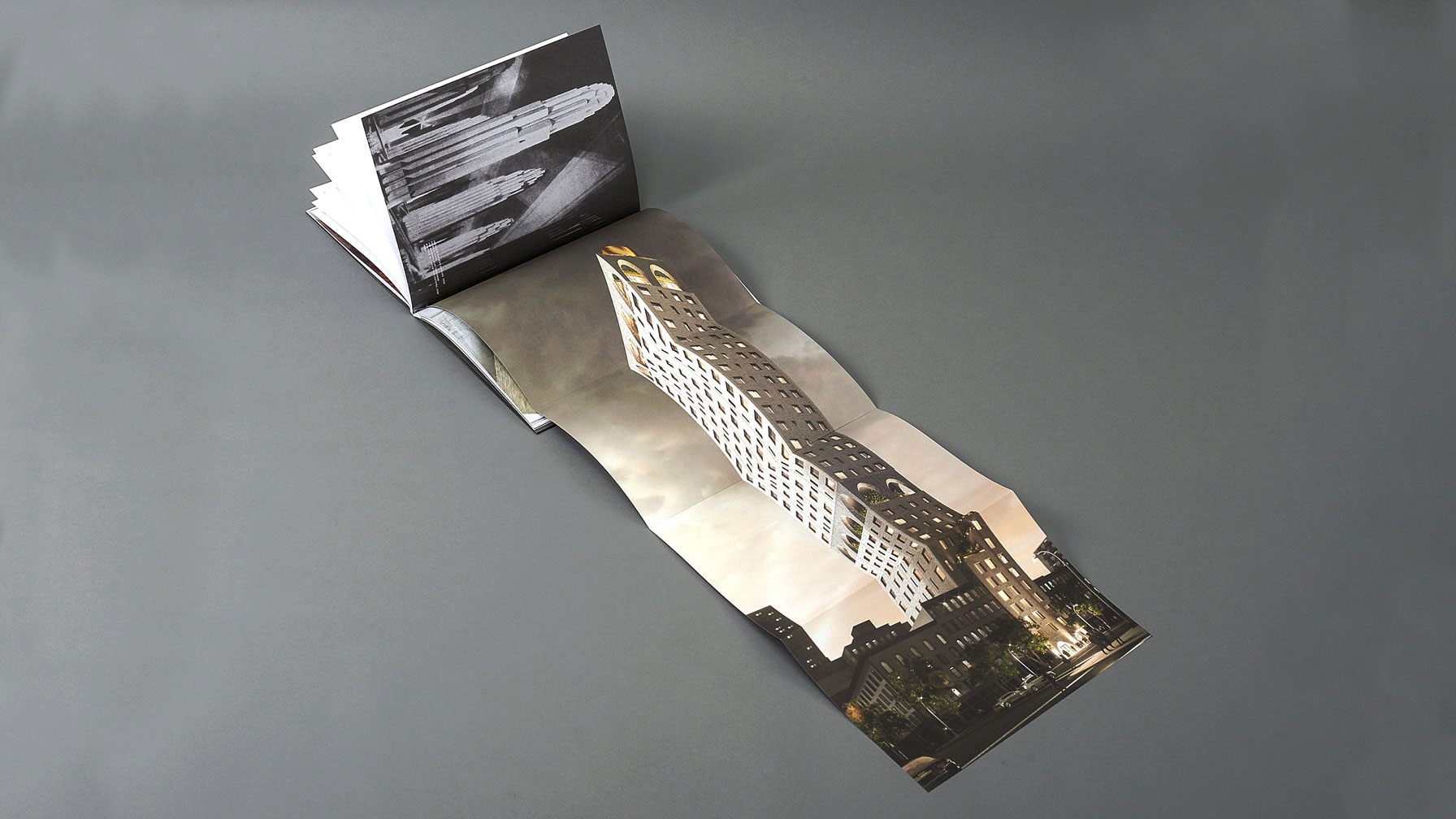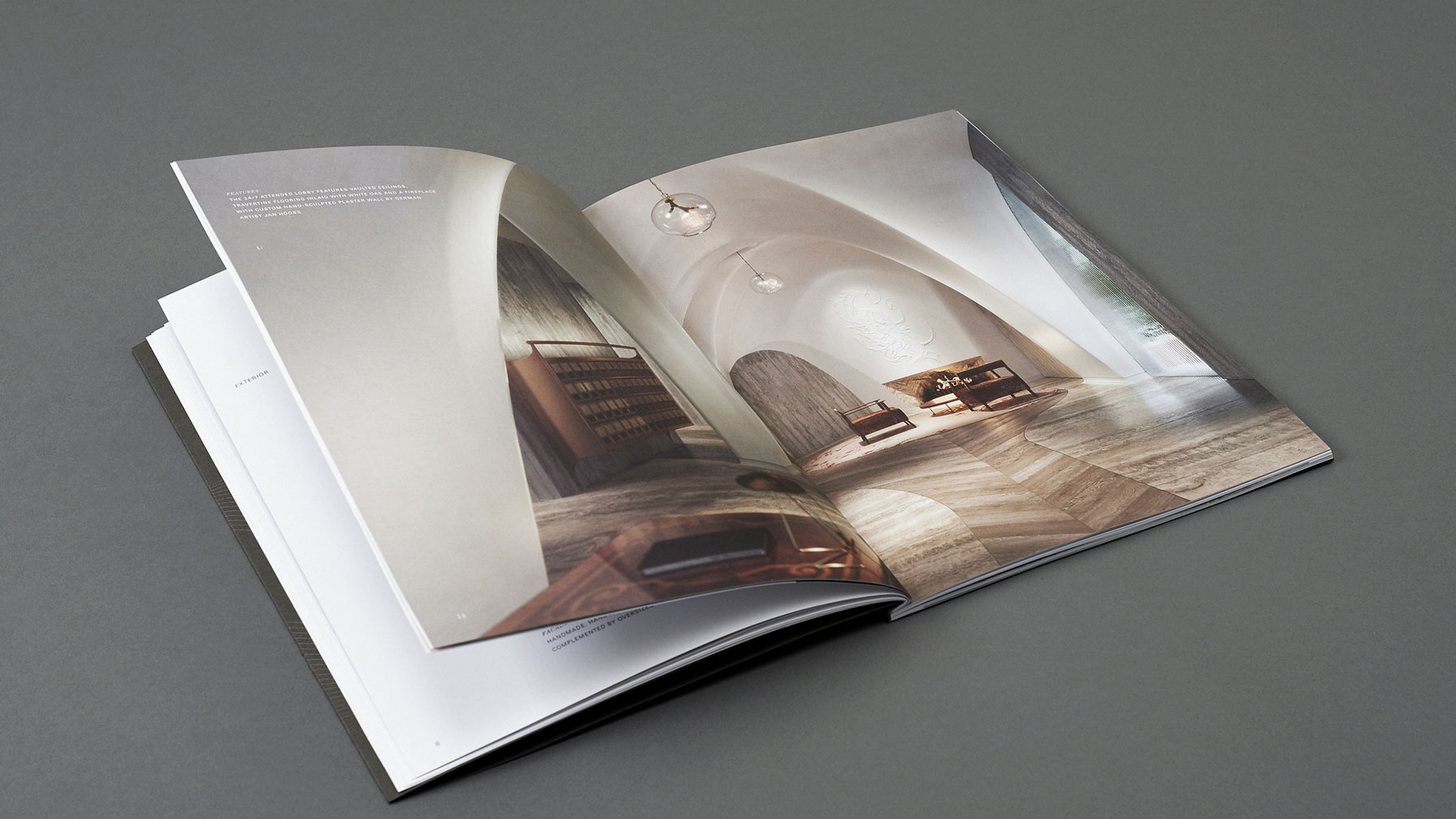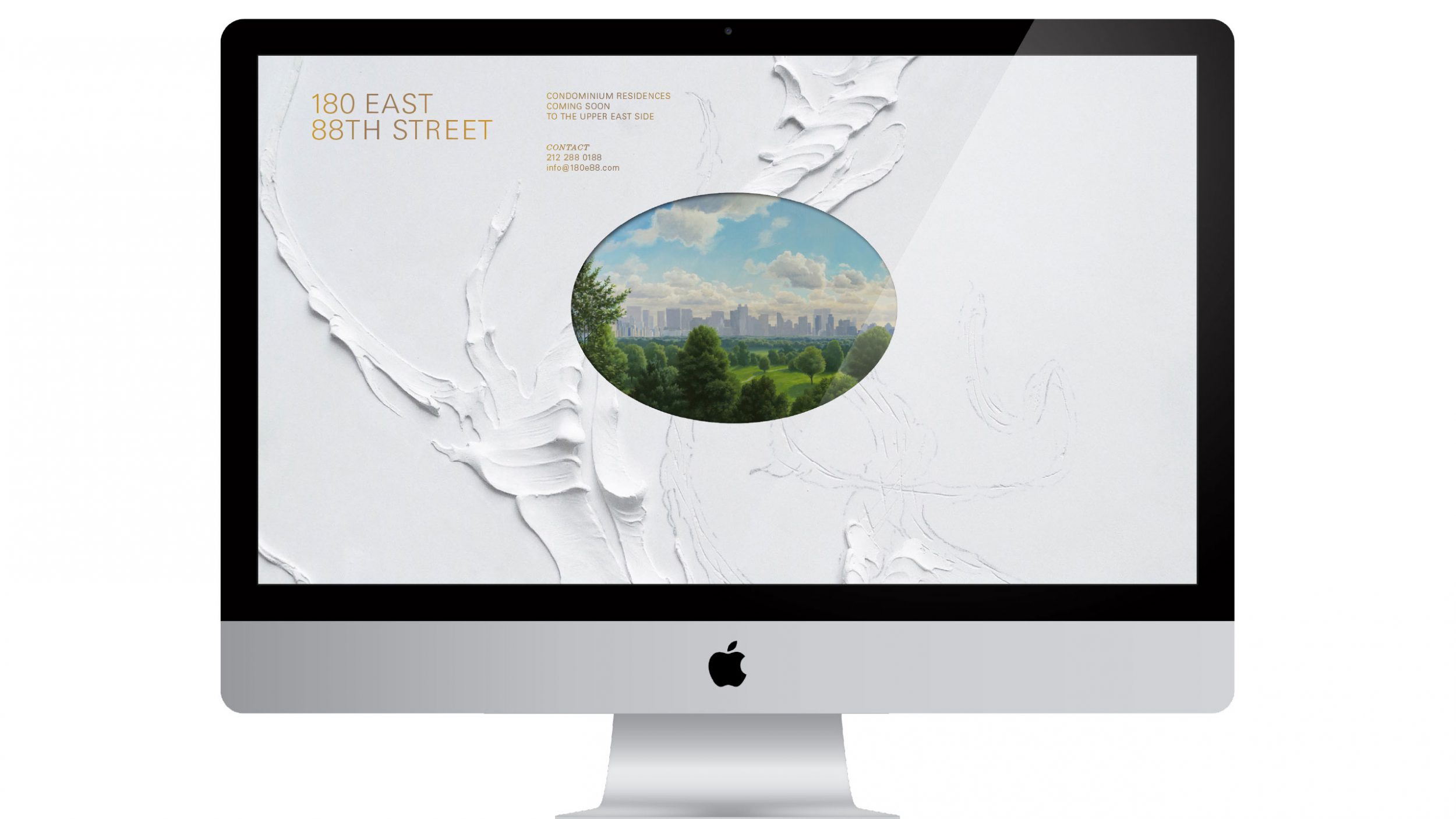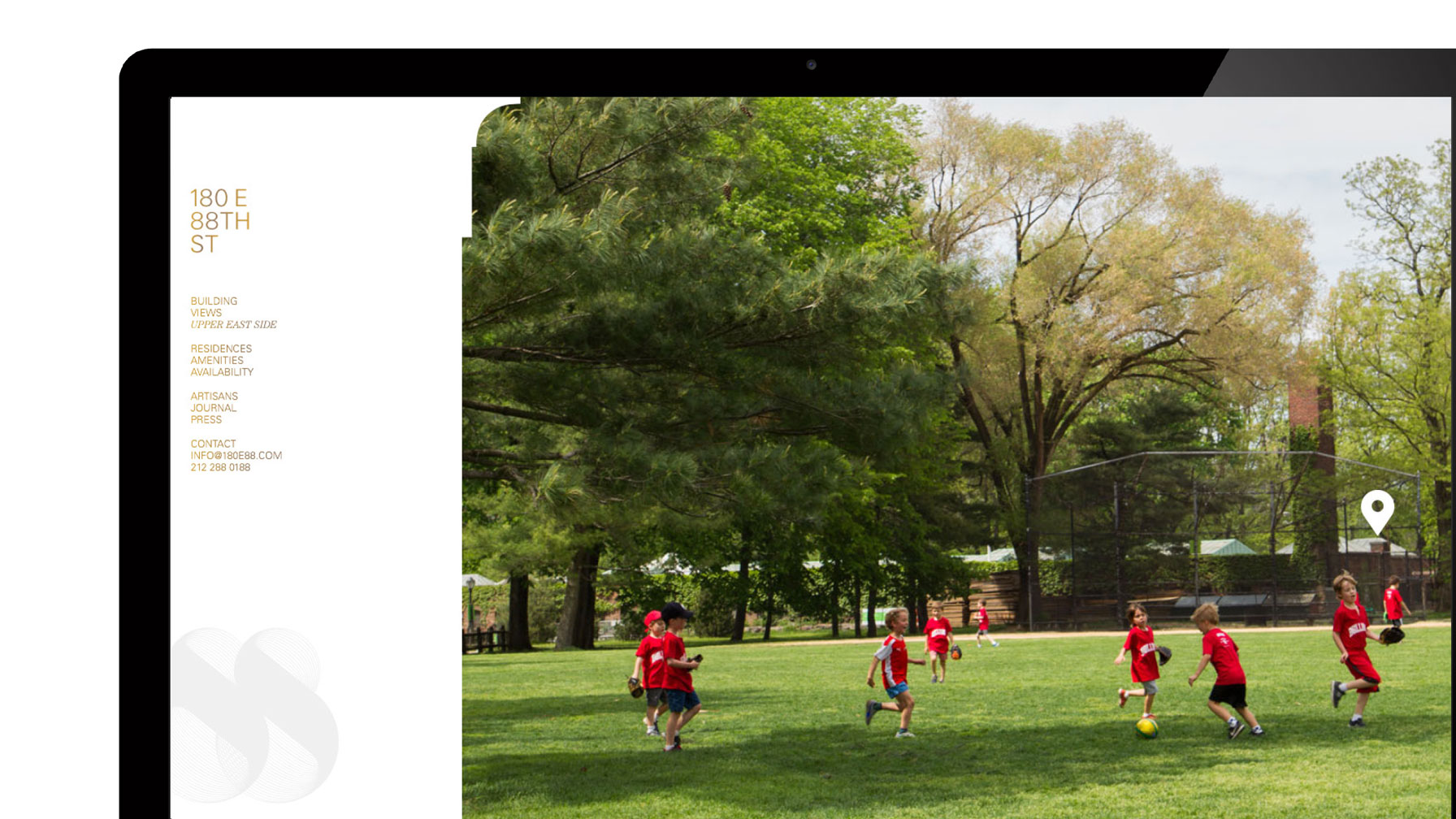What is stucco? Stucco is a decoration made with mixed cement and sand. The principle is you have a fluid or smooth material. You use it, and it becomes hard – it is not stone and it is not wood.
BIRTH OF A FORM
I love drawing and modeling, but the stucco’s true birth moment is when I put it on the wall. It’s a circle between what the material does, goes through my hands, my head, through the eyes, and back to the material. Naturally, there are some rococo-seeming movements in it, too, because this style is what I learned and what I love.
The stories of the forms I create invent themselves. They are doing things. I give them a story, like a writer who tells a story about a thief in the night. There is a house, a thief, a proprietor and an inspector. You invent some things and then people in the story must react. With stucco, I invent a reaction to the forms I’ve already invented.
I don’t like the idea of me as the storyteller, because it’s not really a story. A friend of mine who is an artist, his credo is, “form follows content.” When he works, he is consumed by that one idea; he cannot even hear any other ideas. I am the opposite. The forms show themselves; I am just a medium. Surely there’s something more, but I cannot really explain it. I’m not the artist who says, “I want to do this.”
A NEW WORLD
Working for Brad Pitt influenced me a lot, because at first I wanted my work to touch the surface very lightly, but then I discovered that he wanted it in the rococo style and I thought, How can I do that? I had no idea how to come back to rococo.
Then I went to Château Miraval, his place in the South of France, to draw. I took a sketch and I projected it on the wall and I redrew it. I did three or four forms, and it became a bit different. Less graphical. What it became was very fine, and it became the rococo structures. Brad pushed me into a new formal world, into a new language of form. Thanks to him, thanks to the possibility, the place, he gave me the possibility to invent something I wouldn’t have imagined before. There was a dream in my head of something like that, but if you had asked me before what it would be, I would have said, “Well let’s see, I don’t know.”
For the past twenty years, I’ve made all these little examples, studying objects. All this time, I’ve dreamt about what happened last year with Brad Pitt and with what continues now with the work I’m doing at 180 East 88th Street. It is the chance to bring the stucco techniques and these decoration works into our time. Before, for me, work was more or less about restoration. There was no industry for new stucco work.
–David Prior

